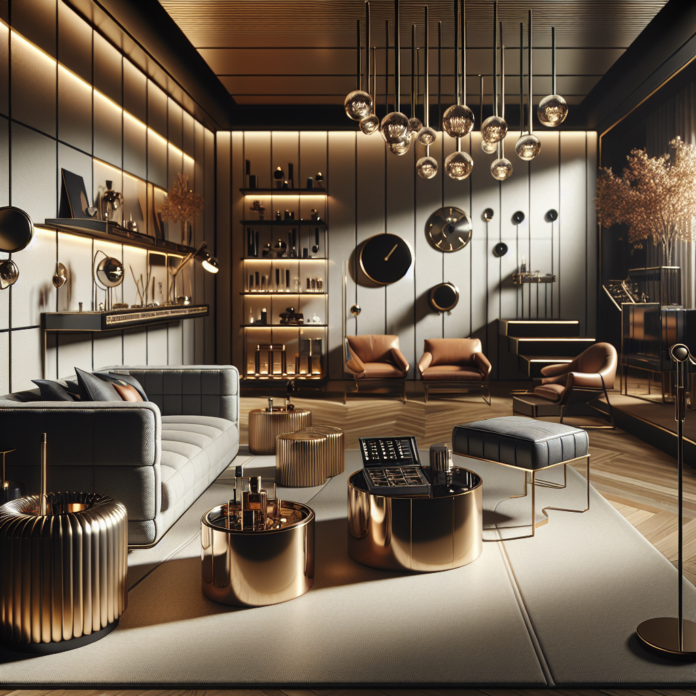
The secrets of color in art and high-end interior design
The interplay of color and light is not just a fundamental aspect of visual perception but a masterful tool in the hands of artists and designers. This article delves into the sophisticated world of color theory, exploring how it shapes our experiences and perceptions in art and high-end interior design.
- Understanding Color Theory
- Historical Perspectives on Color in Art
- Color Psychology in Art and Design
- Techniques Artists Use to Manipulate Color
- Color Mastery in High-End Interior Design
- Case Studies: Color in Iconic Artworks and Spaces
- Concluding Thoughts on Color’s Impact
Understanding Color Theory
Color theory is an essential cornerstone of both art and design, providing a framework to classify and compare colors. The color wheel, a visual representation of colors arranged according to their chromatic relationship, serves as a pivotal tool for artists and designers. Primary colors (red, blue, and yellow) mix to create secondary colors (green, orange, and violet), which in turn blend to form tertiary colors.
Components of Color
Color is not just about hue. It includes saturation, the intensity or purity of a color, and luminance, the color’s brightness or darkness. Manipulating these elements allows artists to convey depth, mood, and emphasis.
Historical Perspectives on Color in Art
Historically, the use of color in art has been both a reflection of cultural attitudes and a driver of aesthetic movements. From the earthy ochres used in prehistoric cave paintings to the vibrant palettes of the Impressionists, each period in art history showcases distinct color trends.
The Renaissance and Color Exploration
The Renaissance marked a significant evolution in the use of color. Artists like Leonardo da Vinci and Michelangelo employed chiaroscuro, the technique of using strong contrasts between light and dark to achieve a sense of volume in modelling three-dimensional objects and figures.
Color Psychology in Art and Design
Color psychology plays a crucial role in artistic and design processes. Colors evoke specific emotions and reactions; for instance, blue can induce calmness and serenity, while red might evoke feelings of passion or urgency.
Application in Marketing and Branding
In luxury branding, color psychology is pivotal. High-end brands often utilize black, gold, and deep jewel tones to convey sophistication, luxury, and exclusivity.
Techniques Artists Use to Manipulate Color
Artists manipulate color through various techniques to enhance the narrative or emotional impact of their work. Layering, glazing, and the use of complementary colors are common methods.
Glazing
Glazing involves applying multiple layers of thin, transparent paint over a dry base layer. This technique deepens the hue and modifies the color without obscuring the underlying paint strokes.
Color Mastery in High-End Interior Design
In high-end interior design, color is a powerful tool to create aesthetic and functional spaces. Designers often use color to alter the perceived proportions of a space—light colors can make a small room feel larger, while dark colors can make a large space feel more intimate.
Luxury Spaces and Color Harmony
Creating color harmony involves the strategic placement of complementary and analogous colors to cultivate balance and visual interest in luxury interiors.
Case Studies: Color in Iconic Artworks and Spaces
Examining specific case studies, such as the use of Vermeer’s “Girl with a Pearl Earring” and the vibrant interiors of the Palace of Versailles, illustrates how color shapes our perception of art and spaces.
Vermeer’s Use of Color
In “Girl with a Pearl Earring,” Vermeer’s use of ultramarine, derived from lapis lazuli, not only underscores the subject’s gaze but also enhances the painting’s emotional depth.
Concluding Thoughts on Color’s Impact
The strategic use of color in art and design not only influences aesthetic and emotional responses but also embodies cultural and historical significance. As we explore and appreciate these colorful creations, we gain deeper insights into the human experience.
For further exploration of color theory and its applications, consider visiting the Metropolitan Museum of Art’s online resources.
